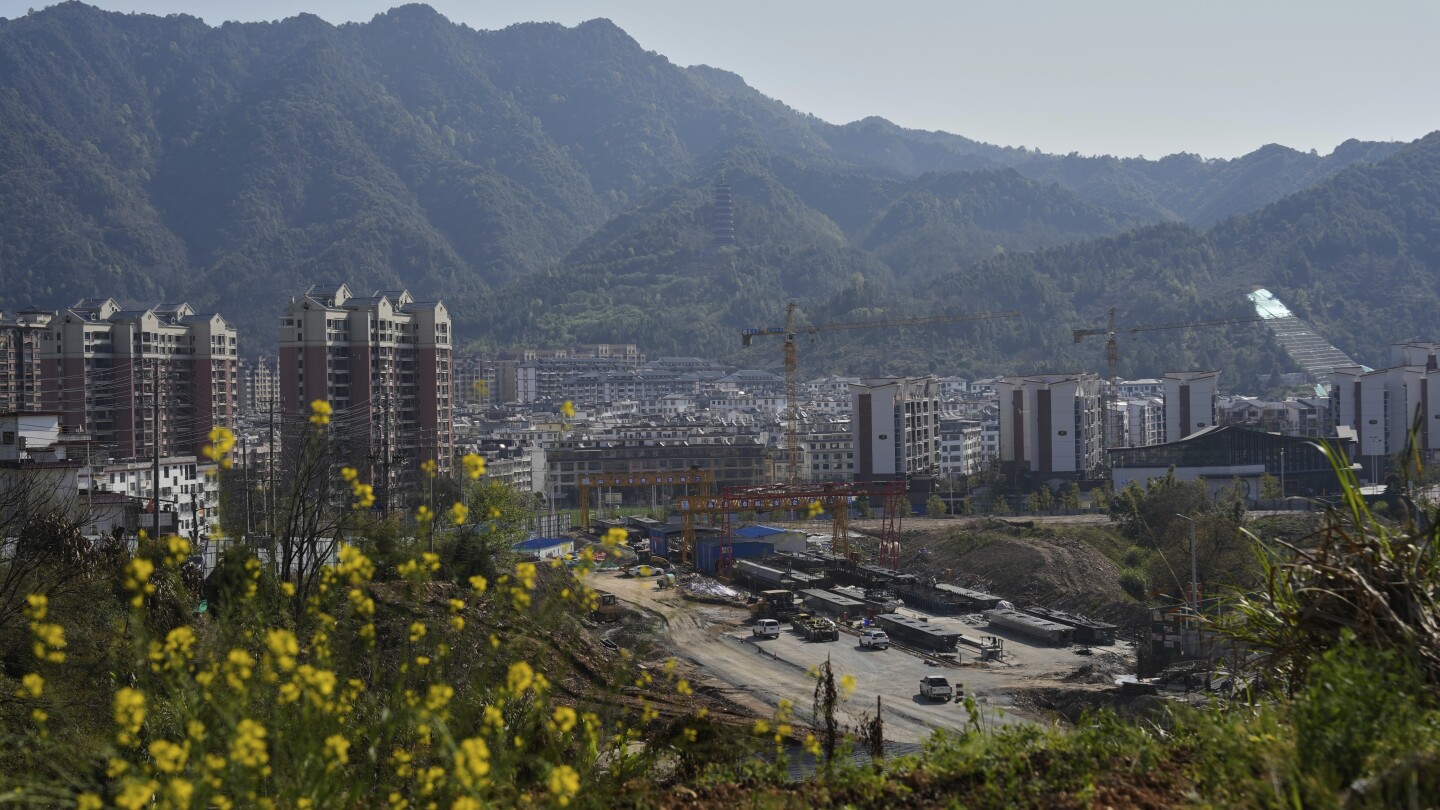GANZHOU, China — China’s firm grip on the global supply of critical minerals has emerged as a pivotal factor in recent trade negotiations between Beijing and Washington. As talks concluded with both nations claiming a framework for a potential deal, China’s strategic advantage in this sector remains a significant bargaining chip.
For decades, China has meticulously developed its industrial capacity for mining and processing critical minerals, which are essential in industries ranging from electronics to defense. The city of Ganzhou, a vital hub for rare earth production, exemplifies China’s control over these resources. Residents have long been involved in collecting and processing these minerals, a practice that has sustained local economies and reinforced China’s global dominance.
Critical Minerals as a Trade Lever
The trade tensions between the U.S. and China have been marked by escalating tariffs and regulatory measures. In response, China has mandated that exporters of certain rare earths and critical minerals secure licenses for every international shipment. This requirement has led to significant supply chain disruptions, particularly affecting the U.S.
In a recent development, President Donald Trump announced that China would ease access for American industries to acquire rare earth minerals, facilitating ongoing trade discussions. In exchange, the U.S. agreed to halt efforts to revoke visas for Chinese nationals studying at American universities. However, the specifics of the agreement remain vague, with neither President Xi Jinping nor Trump having officially endorsed the deal.
“Without that, it will be difficult to blame China for continuing to strengthen its export controls,” said Wang Yiwei, a professor of international affairs at Renmin University, highlighting China’s stance on maintaining its permit system.
Decades of Strategic Development
China’s strategic focus on critical minerals dates back to 1992, when Deng Xiaoping famously remarked, “The Middle East has oil, China has rare earths.” This vision has been realized over generations, with rare earths becoming integral to China’s economic security. In 2019, President Xi Jinping underscored their importance during a visit to a processing plant in Ganzhou, describing them as a “vital strategic resource.”
Today, China holds a near-monopoly on heavy rare earths, crucial for manufacturing powerful magnets used in defense and electric vehicles. The country also dominates in the production of tungsten, gallium, and antimony, essential for semiconductors and other advanced technologies.
The risks of dependency on Chinese suppliers became apparent in 2010 when China halted rare earth exports to Japan amid a territorial dispute. This led Japan to diversify its sources and build stockpiles, a strategy mirrored by other nations facing similar supply chain vulnerabilities.
Challenges and Opportunities in the U.S.
The U.S. remains heavily reliant on China for critical minerals, importing over 70% of its rare earth compounds from the country between 2020 and 2023. While efforts to diversify sources have been made, the U.S. still trails far behind China in this sector.
The Defense Department has committed $439 million to building domestic rare earth supply chains, but building a complete mining and processing industrial chain like China’s could take decades.
In an effort to bolster its domestic capabilities, the U.S. has provided funding to MP Materials, the operator of the sole U.S. rare earth mine, to develop separation facilities. However, this initiative is still in its infancy and will take time to yield significant results.
Friction over critical minerals has spurred government-backed financing opportunities previously unavailable, as noted by Mark Smith, former head of the Mountain Pass mine and current leader of NioCorp. The company is seeking substantial financing to establish a processing facility in Nebraska.
Looking Ahead: Strategic Implications
As China continues to assert its dominance in critical minerals, the global landscape is shifting. The spotlight on these resources presents opportunities for smaller miners to invest in niche minerals like tungsten, which are crucial in specific industries despite their relatively small market size.
“For many of these companies, the business strategy hedges on a scenario where the U.S. and China become more confrontational and where trade relations become more uncomfortable,” said Milo McBride of the Carnegie Endowment for International Peace.
While China faces challenges such as dwindling resources and the need for international sourcing, its strategic investments abroad, like the new tungsten plant in Thailand, indicate a continued commitment to maintaining its leadership in this sector.
The evolving dynamics of critical minerals trade underscore the complex interdependencies in global supply chains and highlight the strategic maneuvers nations must undertake to secure their economic futures.
